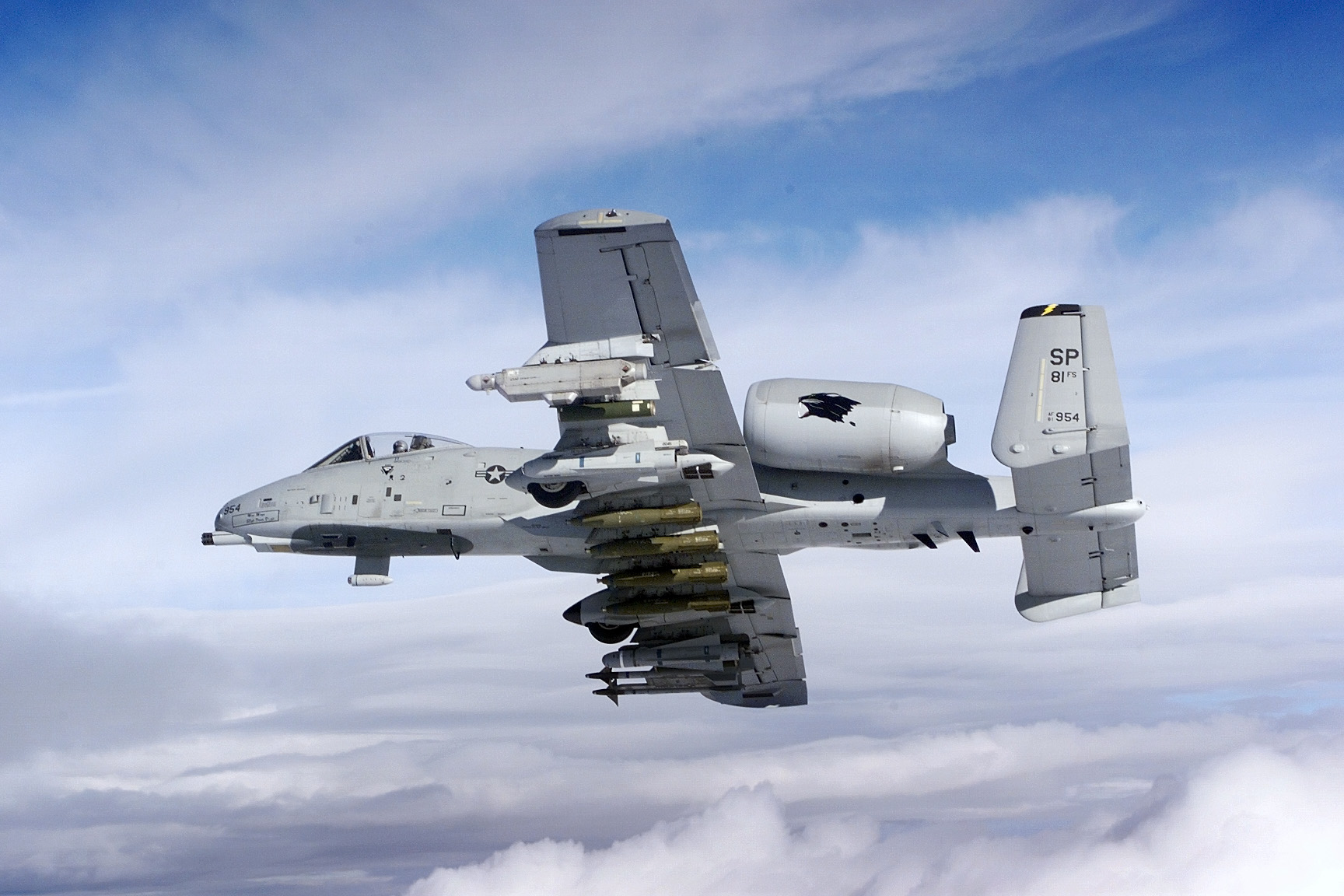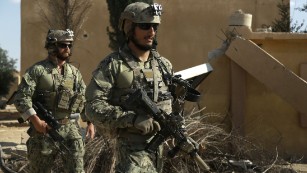Although
the North Korean regime depicts the image of the United States and the West
completely destroyed, the main reason behind their push for proliferation is
because they are scared. They’re scared of an invasion or US intervention. They’re
scared because the US doesn’t have a great track record with keeping its word
on agreements regarding disarmament. In recent history, Iraq and Libya serve as
perfect examples. The US signed an agreement with Saddam Hussein in which he
gave up his WMDs1. In the end we still said he had WMDs, invaded
Iraq, and toppled his government. With Libya the US signed a disarmament agreement
with Muammar Gaddafi. Eventually we toppled his government too1. Kim
Jong Un simply fears ending up like Hussein or Gaddafi. He fears that any
agreement the US signs won’t stop the US from overthrowing the North Korean
government if it so chooses. He has decided that nuclear weapons are the best
way to avert that option.
It
all goes back to the theory of nuclear deterrence. If North Korea has
deliverable nuclear weapons, it should, in theory, deter the United States’
desire to invade or attack North Korea because they fear nuclear retaliation. In
general, nuclear weapons aren’t used for first strikes or warfighting. They’re
used to deter the enemy from using them in the first place. A lot of the theory
depends on second strike capability. It’s the idea that if we are attacked
first will we still have the ability to strike back with such destruction that
the enemy will not want to attack in the first place. It can be argued that
North Korea definitely doesn’t have a proper second strike capability, but what
really determines what is too much destruction for the US? 50% of the country’s
major cities, or just one major city on the west coast? Who can say what would
be too much for the American people? It is safe to assume that the American
people will react negatively to any kind of attack. In the end, it isn’t about
North Korea’s ability to completely destroy the US. Kim Jong Un wants nukes out
of fear. After all, if North Korea initiated a first strike against the US,
that country would cease to exist. They want that even less.
1 Mosher, D. (2018). North
Korea is not building nuclear weapons to destroy the US — the real reasons are
much more surprising. Business Insider.
/arc-anglerfish-arc2-prod-mco.s3.amazonaws.com/public/UUCWU3QKPFEX7MOJ54C2RTG6GI.jpg)















